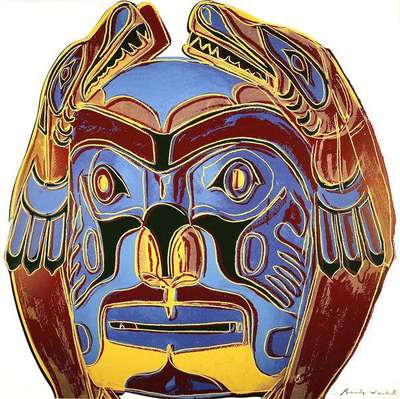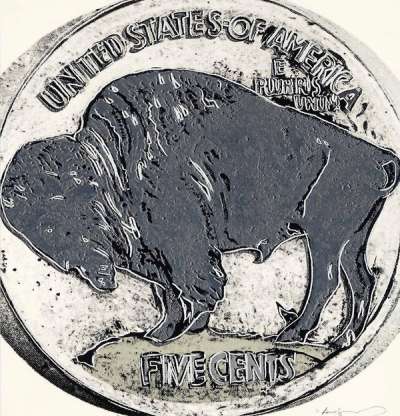
Annie Oakley (F. & S. II.378)

Annie Oakley (F. & S. II.378)
Signed Print
Andy Warhol
£70,000-£100,000Value Indicator
$150,000-$210,000 Value Indicator
$130,000-$180,000 Value Indicator
¥680,000-¥970,000 Value Indicator
€80,000-€120,000 Value Indicator
$720,000-$1,030,000 Value Indicator
¥13,220,000-¥18,890,000 Value Indicator
$90,000-$130,000 Value Indicator
AAGR (5 years) This estimate blends recent public auction records with our own private sale data and network demand.
There aren't enough data points on this work for a comprehensive result. Please speak to a specialist by making an enquiry.
Medium: Screenprint
Edition size: 250
Year: 1986
Size: H 91cm x W 91cm
Signed: Yes
Format: Signed Print
TradingFloor
Track this artwork in realtime
Watch artwork, manage valuations, track your portfolio and return against your collection
Track auction value trend
Auction Results
| Auction Date | Auction House | Location | Hammer Price | Return to Seller | Buyer Paid |
|---|---|---|---|---|---|
| October 2024 | Doyle Auctioneers & Appraisers | United States | |||
| September 2023 | Sotheby's London | United Kingdom | |||
| October 2019 | Sotheby's New York | United States | |||
| July 2018 | Sotheby's London | United Kingdom | |||
| March 2018 | Sotheby's London | United Kingdom | |||
| November 2016 | Christie's New York | United States | |||
| April 2016 | Phillips New York | United States |
Meaning & Analysis
Andy Warhol’s print Annie Oakley (F. & S. II. 378) from his Cowboys And Indians series (1986) is a portrait of the famous American exhibition shooter and sharpshooter who starred in Buffalo Bill’s Wild West show. The series encapsulates America’s romanticised vision of the American West in popular culture, as it is depicted literature, film, and television.
Warhol makes a political comment on the way in which mass-produced and idealised images of national history in popular culture can alter and sometimes be a detriment to the understanding of that history. Appropriating a highly recognisable image of Oakley, Warhol’s portrait is stripped of its historical context through the use of luminous colours and removal of the original image’s background. The image shows Oakley ready for a performance, donning a hat and adorned with a multitude of medals, thus focusing on her fame rather than her person or historical significance.
Produced by the screen print process and rendered in a kaleidoscope of colour, Warhol draws attention to the fabricated and mass-produced nature of Oakley’s public image that has come to be symbolic of the American West. In Warhol’s renowned Pop Art style, Oakley is depicted here as a legendary pop culture icon, rather than as a historical figure.
Andy Warhol was a leading figure of the Pop Art movement and is often considered the father of Pop Art. Born in 1928, Warhol allowed cultural references of the 20th century to drive his work. From the depiction of glamorous public figures, such as Marilyn Monroe, to the everyday Campbell’s Soup Can, the artist challenged what was considered art by blurring the boundaries between high art and mass consumerism. Warhol's preferred screen printing technique further reiterated his obsession with mass culture, enabling art to be seen as somewhat of a commodity through the reproduced images in multiple colour ways.












